- Product
- Solution for
For Your Industry
- Plans & Pricing
- Company
- Resources
For Your Industry
As 2024 draws to a close, the global economy seems to be shifting toward stability, with inflation forecasts for 2025 suggesting a return to pre-pandemic norms. International organizations, including the International Monetary Fund (IMF), anticipate a reduction in global inflation to 4.3% in 2025, down from 6.7% in 2023 and 5.8% in 2024. The Federal Reserve in the United States has reaffirmed its commitment to achieving a 2% inflation target, offering businesses and consumers a measure of reassurance.
Despite these positive projections, the economic landscape remains fraught with challenges that could disrupt this progress. From geopolitical tensions and protectionist trade policies to labor shortages and resource constraints, inflationary risks remain prevalent. Businesses must prepare for these uncertainties, understanding that while inflation might moderate in aggregate terms, localized and sector-specific pressures will persist.
This article delves into the multifaceted drivers of inflation in 2025, offering insights into how businesses can navigate these evolving dynamics. By examining key areas such as import tariffs, labor markets, currency fluctuations, and raw material protectionism, we provide a comprehensive roadmap for companies aiming to stay ahead of inflationary pressures.
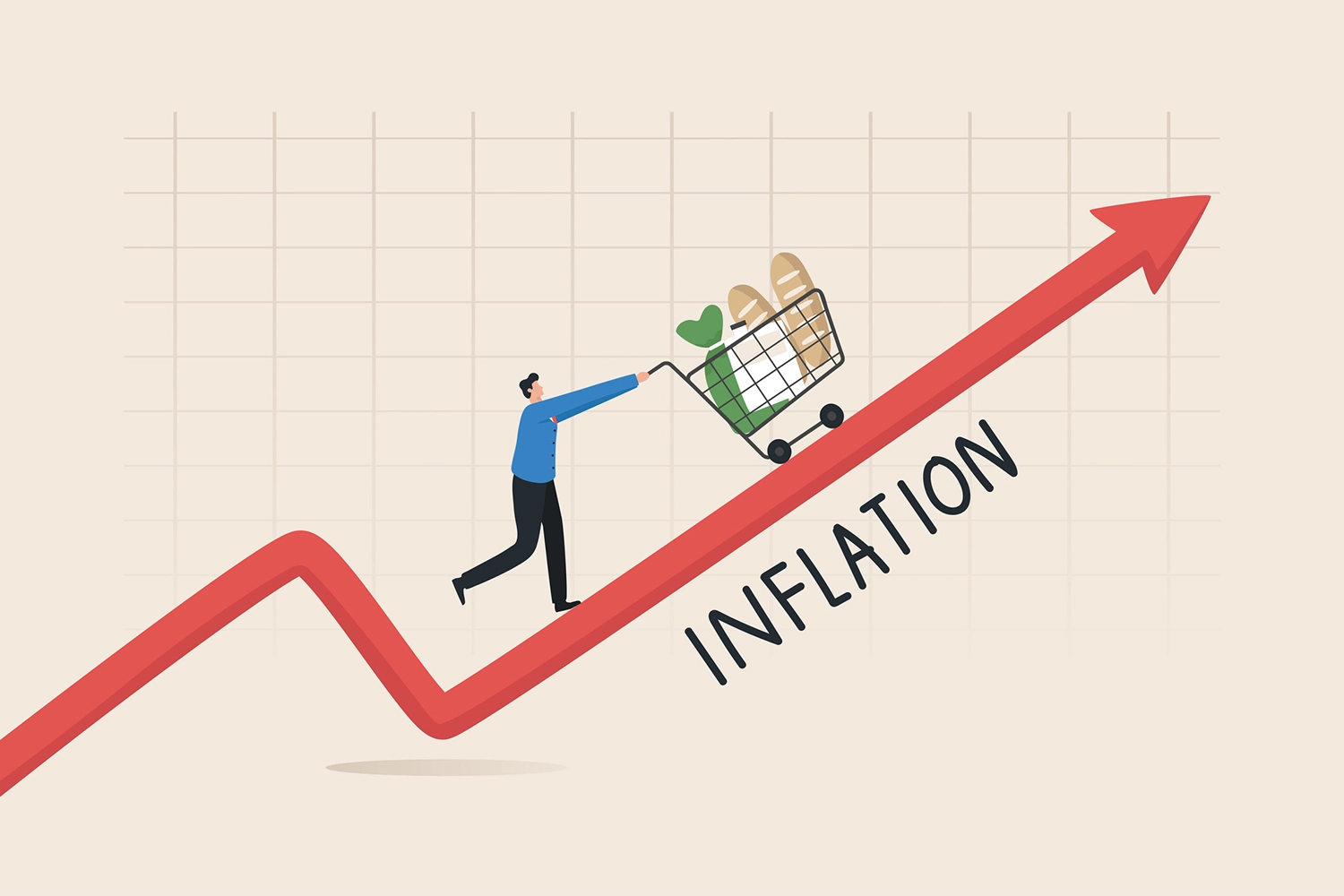
In 2024, inflationary pressures began to ease, driven by several key factors:
However, underlying challenges like labor shortages, geopolitical tensions, and resource competition continue to present risks for 2025. Projections suggest that while global inflation will moderate, the pace of this reduction will vary across regions and industries. Developed nations are likely to experience more rapid stabilization, while emerging economies may face prolonged inflation due to structural vulnerabilities.
One of the most significant inflationary risks for 2025 stems from the imposition of new import tariffs. While these measures are often implemented to protect domestic industries, they can inadvertently drive up consumer prices, increase production costs, and disrupt global trade dynamics.
Import costs function as a tax on foreign goods, increasing their cost for domestic consumers. The sectors most affected are those reliant on imports, such as technology, automotive, and consumer goods. For example, higher costs on semiconductors or electronics could immediately raise the cost of smartphones, laptops, and other high-demand products.
This immediate inflationary effect creates challenges for businesses, as they must balance absorbing higher costs with passing them on to consumers. For consumers, this translates to reduced purchasing power and potential changes in consumption patterns.
To mitigate the effects of costs, companies often seek alternative suppliers or shift production to different regions. While these strategies may reduce dependency on high-costs imports, they come with their own costs. Building new supplier relationships, negotiating contracts, and adapting to different regulatory environments require time and investment, potentially prolonging inflationary pressures.
For instance, relocating production from China to Southeast Asia may lower cost-related costs but necessitate significant upfront expenditures in logistics and infrastructure. These costs ultimately trickle down to consumers, keeping prices elevated over the medium term.
Import costs are designed to give domestic industries a competitive edge by making foreign goods more expensive. However, their effectiveness depends on the ability of domestic producers to scale up and meet demand. In cases where domestic supply is insufficient, consumers may face limited choices and higher prices.
Additionally, reduced competition from imports can allow domestic producers to raise their prices, further exacerbating inflation. This phenomenon underscores the importance of carefully calibrated trade policies that balance protectionism with affordability.
The labor market in 2025 is expected to face significant pressures, primarily due to demographic changes, stricter immigration policies, and shifts in workforce participation. These factors contribute to a shrinking labor pool, intensifying competition for workers and driving up wages.
A tighter labor market compels businesses to offer higher wages to attract and retain employees. Industries like agriculture, construction, hospitality, and healthcare are particularly vulnerable, as they rely on a steady influx of workers, including immigrants.
Higher wages, while beneficial for workers, increase operational costs for businesses. To maintain profitability, many companies pass these costs on to consumers, resulting in cost-push inflation. This dynamic is particularly evident in labor-intensive sectors, where wage expenses constitute a significant portion of total costs.
Labor shortages can also impact productivity and output. For example, a lack of skilled agricultural workers may lead to smaller harvests, reducing supply and driving up food prices. Similar challenges in manufacturing, logistics, and retail can create supply constraints, further fueling inflation.
Moreover, reduced workforce availability may delay project timelines in critical sectors like infrastructure and technology, compounding inflationary pressures through prolonged inefficiencies.
The construction industry is a prime example of how labor shortages exacerbate inflation. A limited pool of construction workers can slow housing projects, reducing supply and driving up real estate prices. Urban areas, where demand for housing is already high, may experience the most pronounced price increases, intensifying affordability challenges for residents.
Geopolitical tensions and economic competition in 2025 are likely to give rise to currency wars, where countries deliberately devalue their currencies to boost export competitiveness. While this strategy can stimulate economic growth, it also creates inflationary risks, particularly for import-dependent economies.
Currency devaluation increases the cost of imports, as more local currency is required to purchase foreign goods. For countries heavily reliant on imported energy, raw materials, or consumer products, this dynamic can significantly elevate inflation.
For example, a weaker U.S. dollar may make imported goods from Europe or Asia more expensive, driving up prices for American consumers. Similar trends could unfold in other nations engaged in competitive devaluations.
Currency fluctuations also impact the cost of raw materials and manufacturing inputs, particularly for commodities traded globally, such as oil, metals, and agricultural products. Rising input costs increase production expenses, which businesses often pass on to consumers.
This cycle of cost escalation highlights the interconnectedness of global trade and the need for stable exchange rates to mitigate inflationary pressures.
Currency wars rarely occur in isolation. When one country devalues its currency, others may follow suit to maintain competitiveness. This “race to the bottom” can destabilize global trade, create volatile exchange rates, and disrupt supply chains, all of which contribute to inflation.
Additionally, retaliatory measures, such as tariffs or trade restrictions, can amplify these effects, further complicating the economic landscape.
The global competition for strategic raw materials and precious metals is expected to intensify in 2025. Resources like rare earth elements, semiconductors, and lithium are critical to industries such as technology, automotive, and renewable energy. Protectionist policies aimed at safeguarding these materials can create supply shortages and drive up costs.
Restrictions on the export of critical resources reduce global supply, driving up prices. For example, a country imposing export controls on rare earth metals may cause a surge in costs for electronics manufacturers, who rely on these materials for products like smartphones and electric vehicles.
These higher input costs ripple through supply chains, eventually reaching consumers in the form of elevated prices.
Governments often stockpile strategic resources to ensure long-term availability, further tightening market supply. This practice intensifies competition among industries and raises prices, creating inflationary pressures that extend beyond the resource itself.
For instance, stockpiling semiconductors could disrupt production schedules in industries like automotive and consumer electronics, driving up costs across multiple sectors.
Protectionist policies can also centralize control of critical materials in a few countries, enabling monopolistic pricing practices. For industries dependent on these resources, such pricing power creates significant challenges, as they have limited alternatives to mitigate costs.
This concentration underscores the importance of diversifying supply chains and investing in alternative resources to reduce vulnerability to price volatility.
Inflation in 2025 is poised to moderate on a global scale, yet significant risks remain. Import tariffs, labor shortages, currency fluctuations, and resource protectionism are all potential sources of renewed inflationary pressure. Businesses must stay vigilant, adopting proactive strategies to mitigate these challenges.
Key recommendations for navigating inflation in 2025 include:
By staying ahead of these trends, businesses can navigate the complexities of the 2025 economic landscape and maintain a competitive edge in an evolving market.

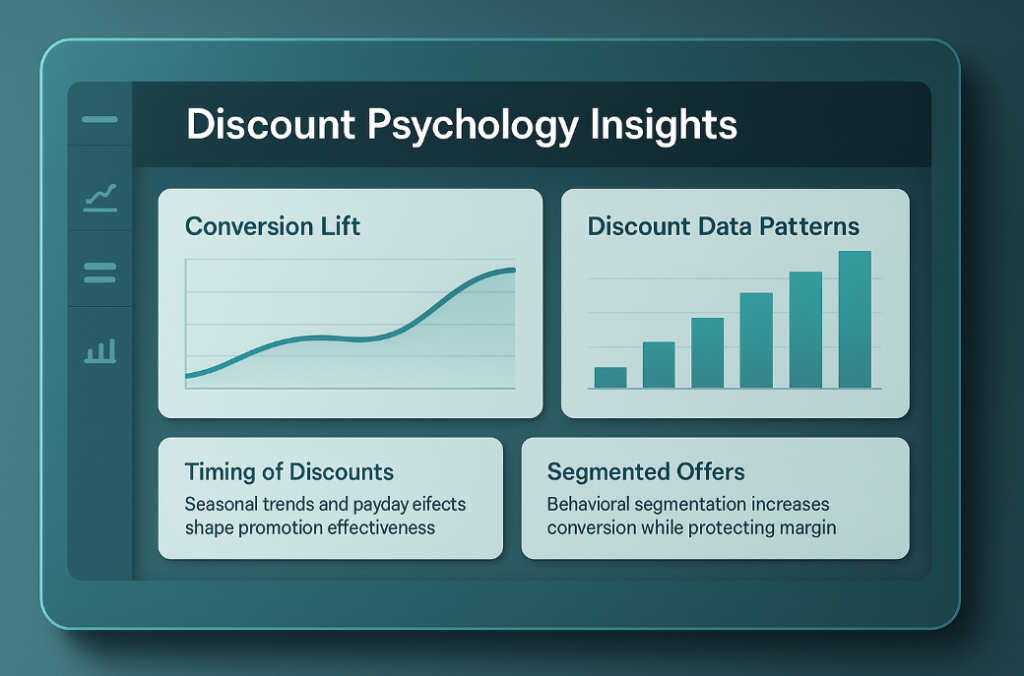
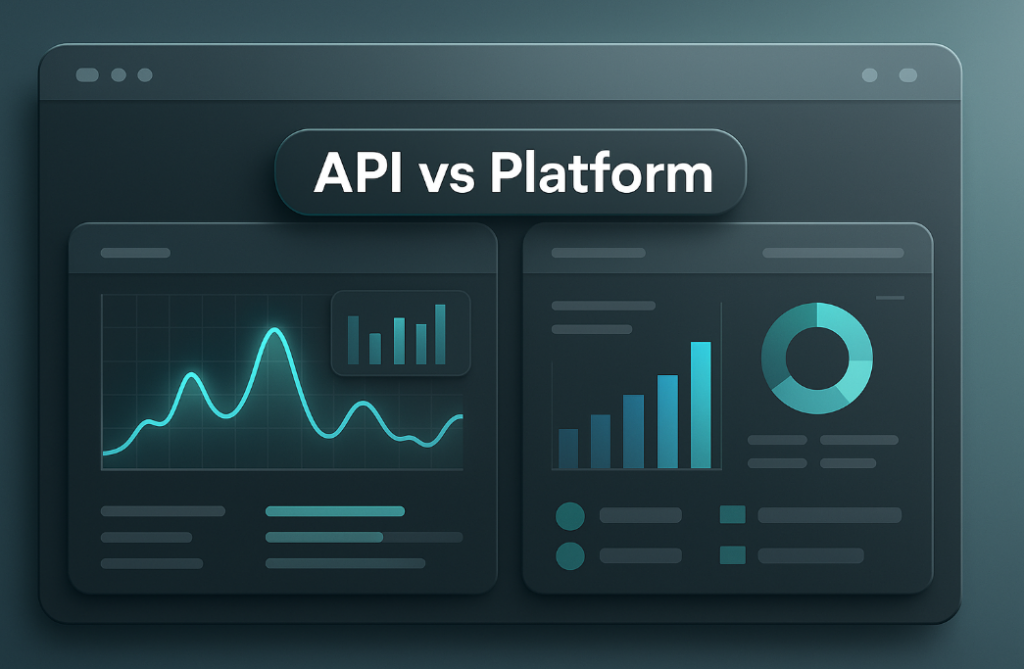
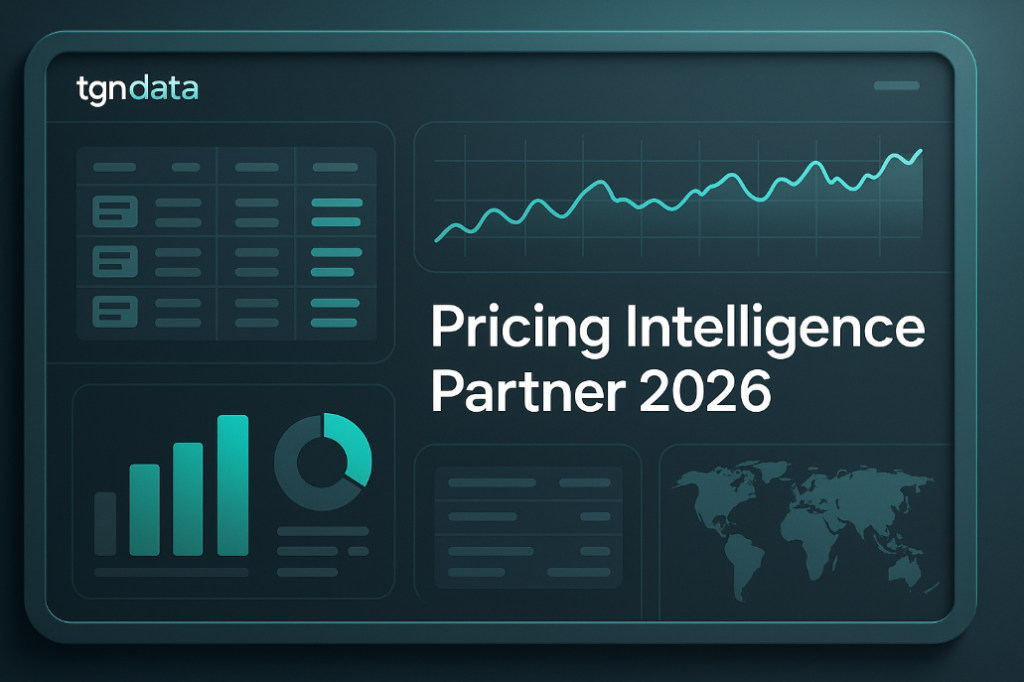
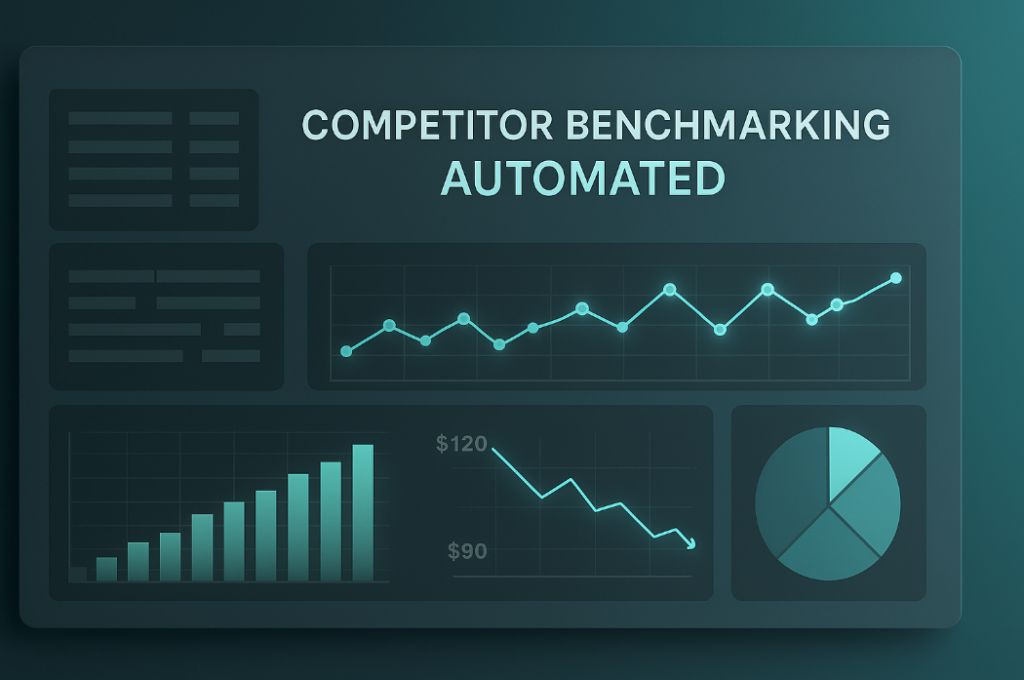

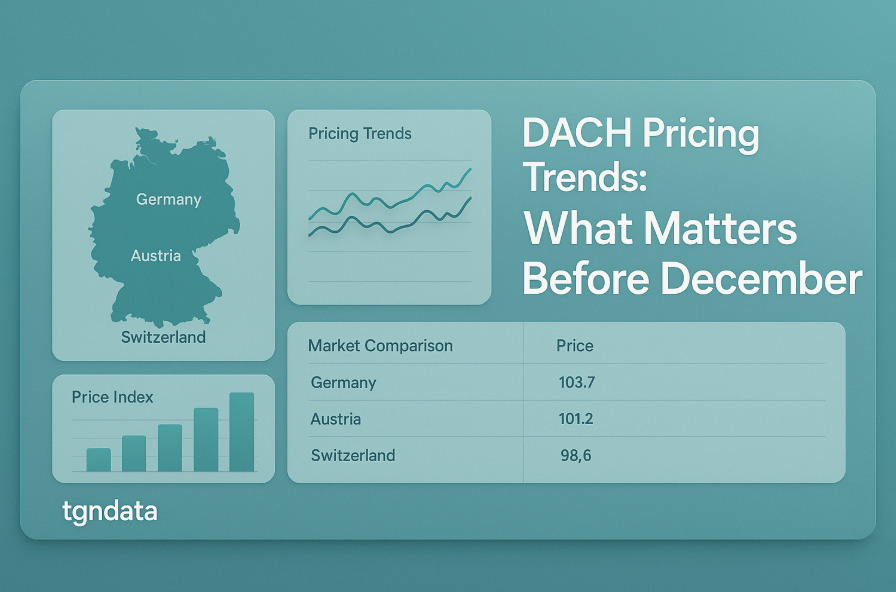






Missing an important marketplace?
Send us your request to add it!